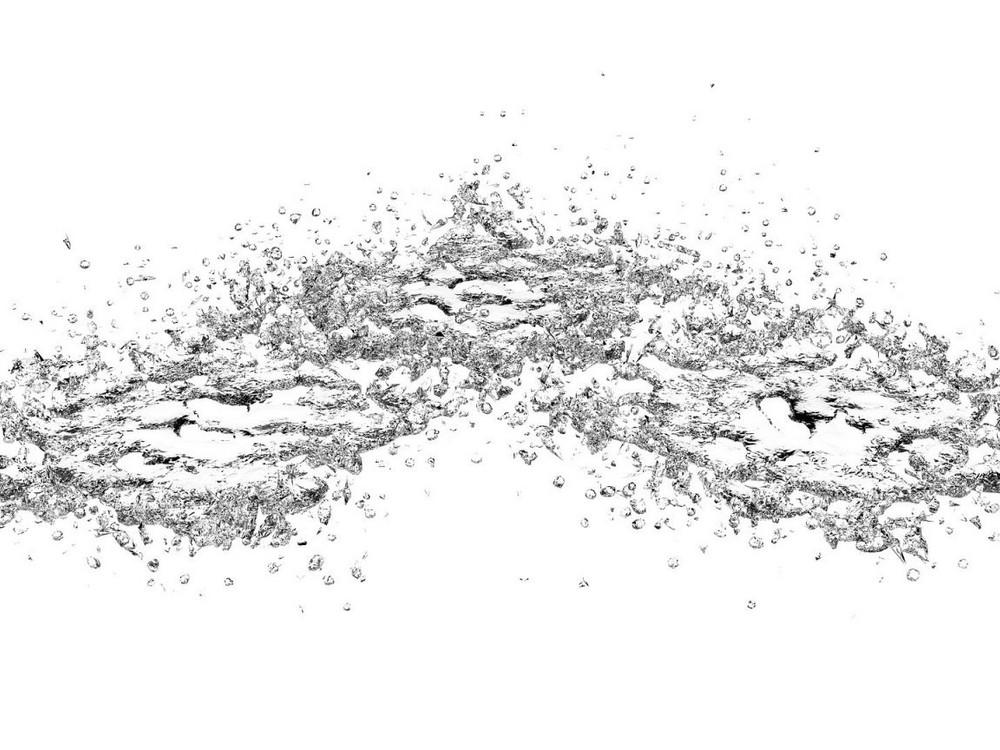These new automation solutions that contribute to hygienic excellence

The main constraint is, of course, resistance to cleaning: pressure, temperature and chemicals are far from ideal environmental conditions for electromechanical components. The evolution of polymers has already made it possible to provide solutions on this point for some years now. For example, as Laurent Callens for Emerson points out, pneumatic distribution islands made of polyamide 12 have been developed that can be used in direct contact with food and are resistant to cleaning cycles. These islands allow you to avoid stainless cabinets and the large lengths of air network associated with them. It is also a special polymer, of the polyethylene family this time, which allows to equip stainless cylinders with scraping joints, operating without lubrication. Alexandre Lecomte, for Angst+Pfister, naturally agrees on the importance of choosing materials as a complement to design. A material that must be as pure as possible to avoid release. It also highlights the constraint of a potential ban on PFAS, which complicates the equation while ensuring that innovative solutions exist to meet new requirements.
In terms of design, after the retention zones, it is the turn of wear parts to be gradually eliminated. A major technological development allows this to be done for the conveying and transfer functions: magnetic levitation mechatronic systems, which transport products without contact or friction. Furthermore, as also pointed out by Olivier Rambaldelli for B&R, these conveyors can easily be adapted to high-pressure cleaning if their shuttles have an IP69K protection: it is enough to cover them with a stainless steel sheet.
Next comes process monitoring. Here, it is the development of smart sensors and wireless technology that make it possible to provide security. As explained by Cédric Lemoine, for SMC, the wireless technology facilitates the installation of sensors and allows monitoring and remote control of all aspects of the manufacturing process. Alexandre Germain illustrates this point for IFM by adding that smart sensors can monitor in real time several process values such as temperature, pressure, flow and conductivity. And that this real-time monitoring allows for proactive management of conditions that could affect hygiene. Automated systems can thus trigger cleaning cycles automatically, based on the data collected by the sensors. Finally, the data feed from the sensors can also be used for traceability and quality documentation.
For Jules Belpomme, from the Balluff company, the cobot is finally THE automation product in which the main technological developments that go in the direction of a better hygienic design are illustrated: suitable materials and shapes, Integration of non-contact sensors (optical and infrared) to limit physical interactions and the development of AI that will teach automated systems to recognize a clean environment and detect possible contamination.
Materials, design and communication: three axes for improving the performance of automation in a context of hygienic excellence.


